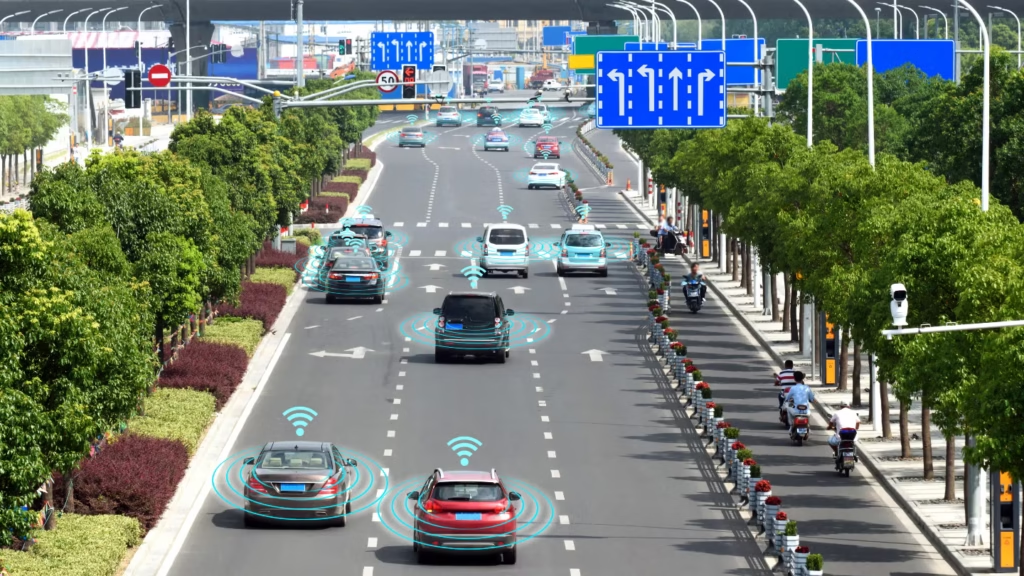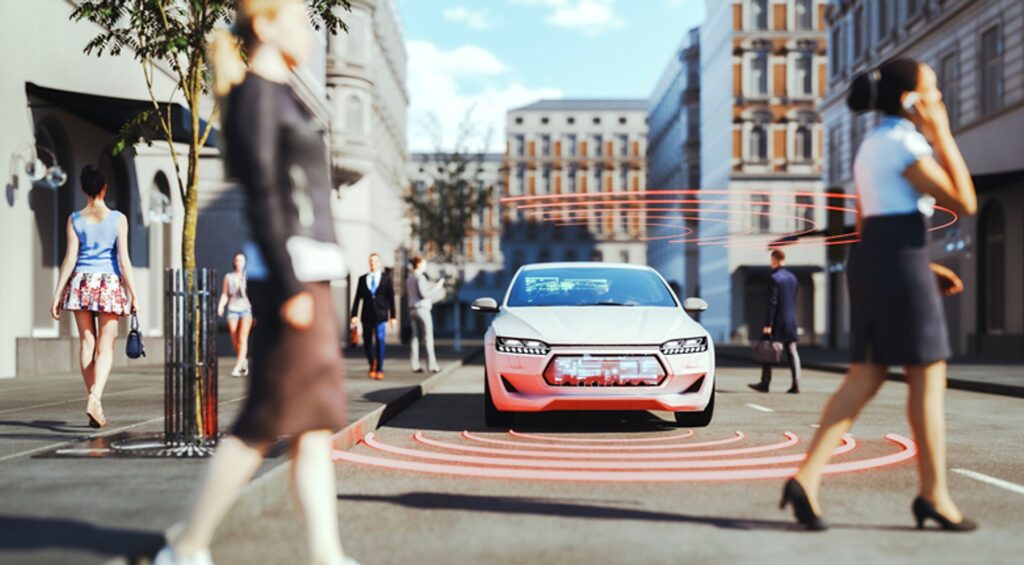Introduction
Autonomous vehicles, or self-driving cars, are no longer just science fiction—they’re becoming a reality. As this technology advances, it’s set to bring big changes to many industries, including car insurance. Here’s a clear look at how autonomous vehicles might reshape the way insurance works for drivers and companies alike.
Shifting Responsibility From Driver to Manufacturer
One of the biggest impacts of autonomous vehicles is on liability. When a car drives itself, responsibility for accidents may shift away from the driver to the vehicle manufacturer, software developers, or even the companies managing the vehicle’s data. This means insurance policies might focus less on individual drivers and more on product liability and cyber risk coverage.
Fewer Accidents, But Potentially More Complex Claims
Autonomous cars are designed to reduce human error—the leading cause of crashes. With fewer accidents overall, insurers could see fewer claims. However, when accidents do happen, they might involve complex technical failures or software glitches, making claims more complicated to evaluate and settle.
Changes in Premium Pricing
As self-driving technology improves safety, traditional factors like driver age or history may become less important in setting premiums. Instead, insurers might price policies based on the level of automation in the vehicle, the manufacturer’s track record, and how well the car’s systems are maintained and updated.
New Types of Insurance Coverage
Autonomous vehicles bring new risks, including cyberattacks, software malfunctions, and data privacy issues. Insurance products will evolve to cover these risks, offering policies that protect against hacking, system failures, and even liability for AI decision-making errors.

Impact on Personal Auto Insurance
If self-driving cars significantly reduce driver involvement, personal auto insurance might become less common, replaced by commercial or fleet policies, especially for shared autonomous vehicles or robo-taxis. Ownership models could change, shifting from individuals owning cars to services providing autonomous rides on demand.
Potential Benefits for Consumers
For drivers, the rise of autonomous vehicles could mean lower insurance premiums, fewer out-of-pocket costs from accidents, and less stress around liability. Safer roads could lead to fewer injuries and deaths, benefiting society as a whole.
Regulatory and Legal Challenges
The development of laws and regulations around autonomous vehicles will heavily influence how insurance adapts. Questions about who is liable in mixed traffic, how to handle software updates, and how to verify safety standards remain to be resolved.
Conclusion
Autonomous vehicles are set to revolutionize the car insurance industry by shifting liability, reducing accidents, and creating new risks to insure. While the transition will bring challenges, it also offers opportunities for smarter policies, better safety, and potentially lower costs for drivers. As this technology continues to evolve, insurance companies, regulators, and consumers will need to adapt together to this new driving era.


